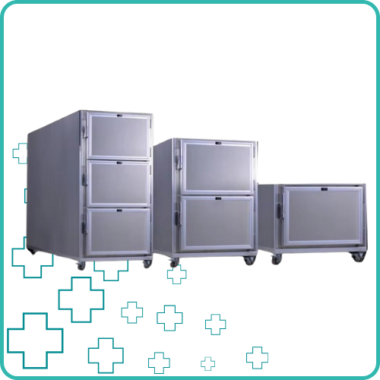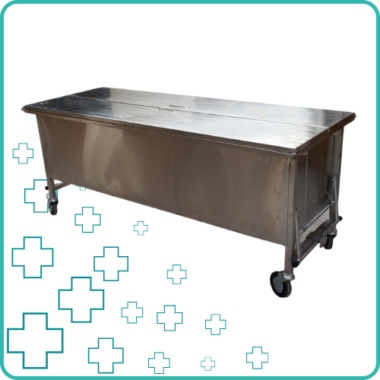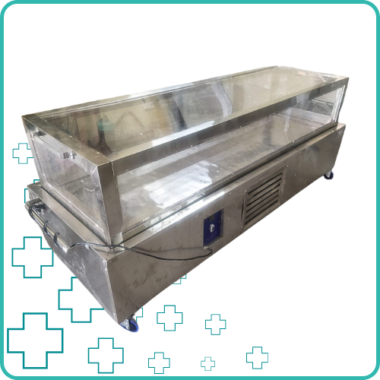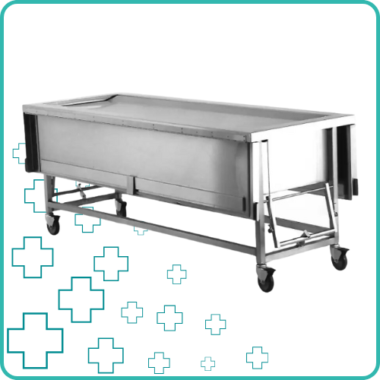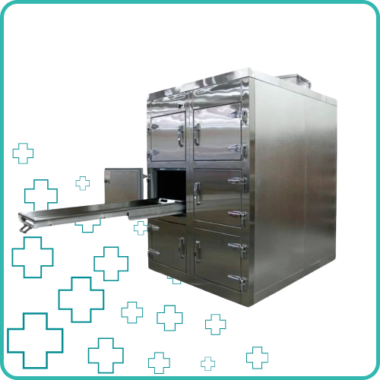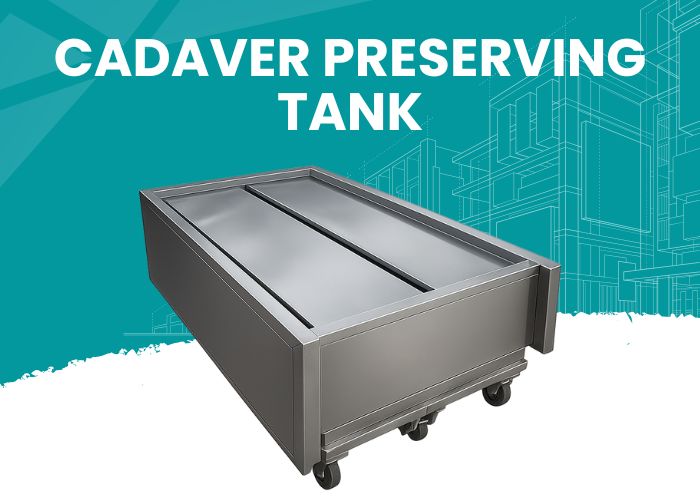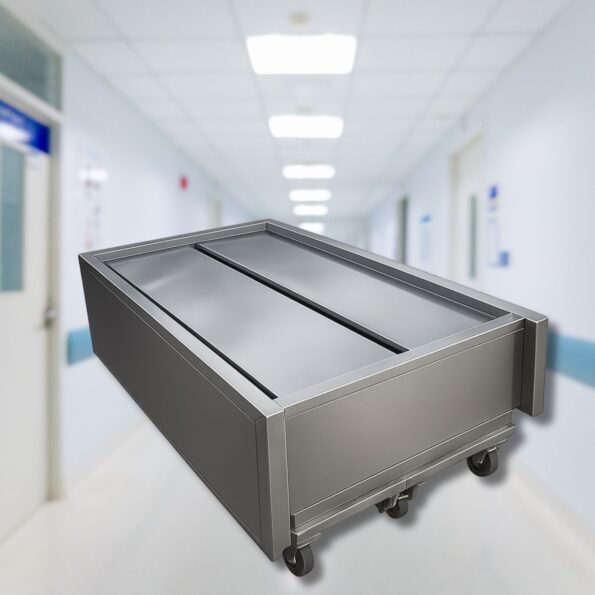A cadaver preserving tank is a specialized storage unit designed to keep dead bodies in a preserved state for an extended period. It’s most commonly used in mortuaries, hospitals, medical colleges, and forensic labs. The tank usually relies on a combination of a sealed enclosure and cadaver preservation solution—like formalin-based fluids—to prevent decomposition. In some cases, it also integrates a refrigeration system to enhance preservation. These tanks play a vital role in slowing the natural biological processes that lead to body decomposition. More importantly, they provide professionals with time—time to conduct postmortems, train students, notify families, or carry out legal investigations. Without a reliable cadaver tank, valuable opportunities for learning and justice can be lost, and the risk of health hazards increases significantly.
Years Experience
0
+
Products Delivered
0
K+
Clients Served
+
States Covered
0
About, The Author
This Article is Written By Mr. Puneet
Founder of Science Udyog
Mr. Puneet is the founder of Science Udyog, a specialized manufacturer of mortuary and biomedical equipment based in Ambala Cantt, Haryana. Since launching the company in April 2013, Puneet has delivered over 1,000+ units including dead body freezer boxes, mortuary chambers, cadaver tanks, and laboratory instruments to hospitals, forensic labs, and research institutions across India.
With 12+ years of hands-on industry experience, Puneet combines engineering expertise with real-world insights to build durable, regulatory-compliant solutions for critical healthcare needs. His leadership has positioned Science Udyog as a trusted name in the biomedical manufacturing sector.
- Laboratory Instruments
- Dead Body Freezer Box
- Hospital Furniture
- Cold Room


